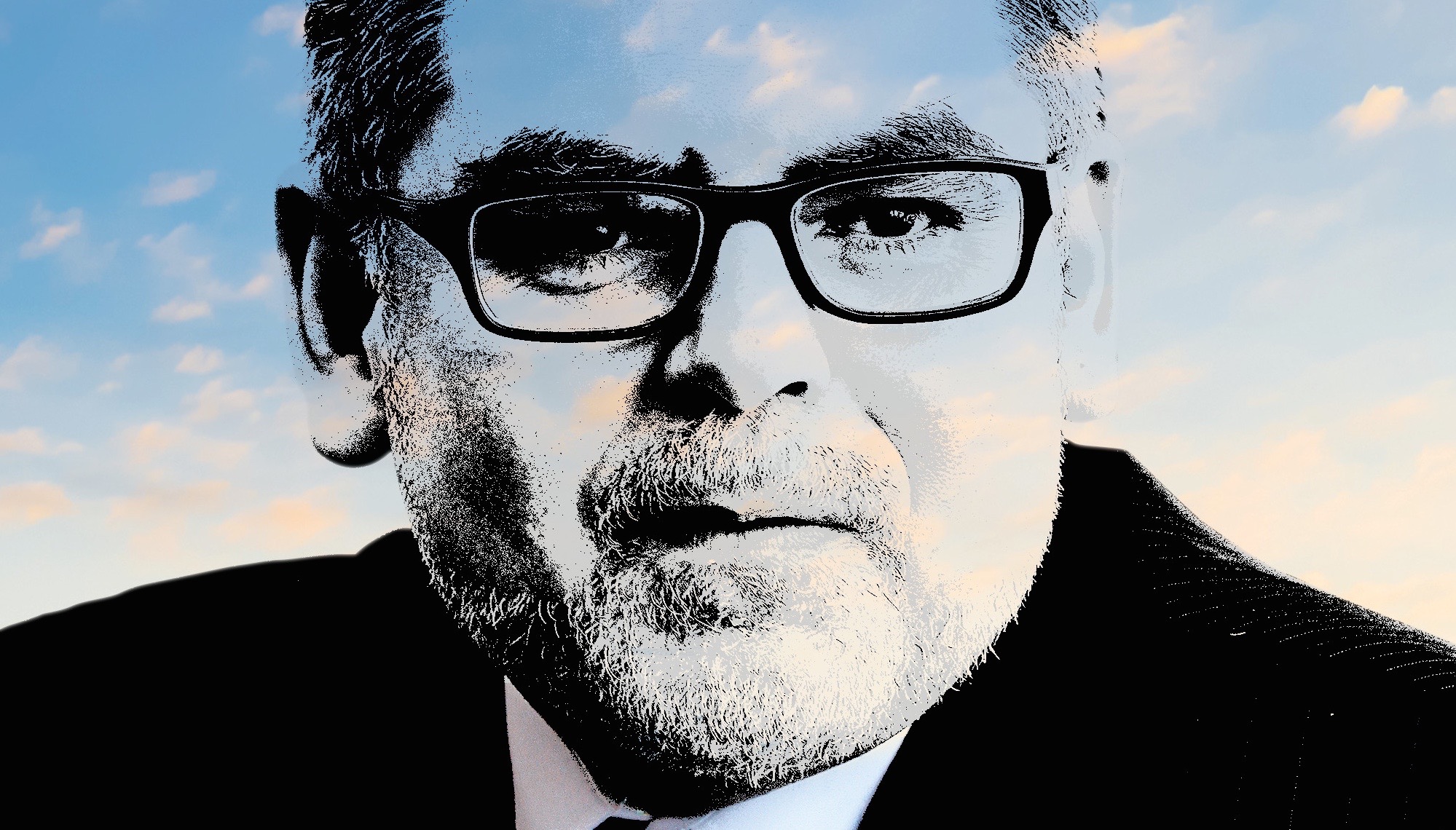
Pedro Ramos and the new face of philanthropy
Don't miss an exclusive opportunity to hear from Pedro Ramos live about "Philanthropy in the City of Brotherly Love" on Dec. 9, from 5:30 pm - 7:30 pm at the Pyramid Club in Philadelphia. Follow the conversation on Twitter using hashtag #ALDIAlive.
The impact, inclusion and relationship between philanthropy and the Latino community in the City of Brotherly Love was the topic of a series of interviews with Pedro Ramos, president and CEO of the Philadelphia Foundation, and top leaders at other foundations and non-profit organizations.
Ramos, a lawyer with vast experience in government and education, was appointed to the position last July, thus becoming the the first Latino to head a foundation in the region — a field in which even though there is a diversity of foundation focus, has traditionally been led by white directors and presidents.
For Ramos, this is an unprecedented opportunity to make his mark as the leader of the organization, “planting seeds and harvesting good will for the benefit of the community.”
Since he took charge in August, he’s been working on getting to know the culture and legacy of the foundation established in 1918, and meeting staff, partner organizations and other community foundations across the country. This is part of a planning process that will be unveiled next year in anticipation of the 100th anniversary of the foundation in 2018, and which will define the objectives of the organization as it enters its second century.
“We will be undertaking a strategy and set a process that will look at both our organizational structure and our grant making to make sure that we are continually aligning ourselves as well as we can towards our mission,” Ramos said.
The growth and diversification of the population, in which Latinos play an increasingly important role, is one of the factors that Ramos has in mind. “A lot of the growth of the region will come from the Latino community and therefore the circumstances of the community will be heavily impacted by the well-being of the Latino community,” he said. Ramos added that Hispanics, “as a community are, by most measures, doing the least well of any demographic group in the region."
As head of the foundation, he is looking to support educational and social mobility opportunities, and to promote diversity, equity and inclusion, not just for Latinos, but for all the communities in need.
The foundation administers 900 charitable trusts, gives more than $20 million in grants and scholarships to organizations and individuals — last year it was almost $25 million — besides administering various social programs.
“Our priorities in grant making are focused heavily on organizations that serve high proportion poverty populations, so Latinos, because of the circumstances of our community, are often the residents benefiting from those non-profit organizations," Ramos said.
Among the Hispanic organizations that have received funds from the foundation throughout the years, is Taller Puertorriqueño, Congreso, Asociación Puertorriqueños en Marcha (APM), Esperanza, La Comunidad Hispana, Norris Square Community Alliance (formerly Norris Square Civic Association), Artistas y Músicos Latino Americanos (AMLA), Aclamo, Juntos, Philadelphia Latino Film Festival (PHLAFF), just to name a few.
In addition, among the funds the foundation administers are some that are specific to the Latino community.
In fact, Ramos’s first encounter with the foundation was back in the 1990s when he was part of a group of Latinos who installed a statue in honor of baseball player and philanthropist Roberto Clemente at the eponymous school in the Fairhill section of North Philly. They gathered money for the maintenance of the statue and gave it to the Philadelphia Foundation to administer — “a place that we could trust to look out for our intention that the statue always be well maintained," Ramos said.
As president and CEO of the foundation, Ramos is the only Latino at the top of a philanthropic organization of its scope in Philadelphia. The city’s managing director Richard Negrin and Roseline H. Marston, president of A.D. Marble & Co., are part of the board.
“It’s unusual to have Latinos or even African Americans in positions of leadership in philanthropy,” Ramos said.
In his opinion, even in the private sector there is more diversity, although, to be fair, he emphasized his experience as a philanthropic president goes back only a few months.
Despite the lack of diversity, he said there is a growing consciousness in the sector about the importance of well-being of diverse communities for the well-being of the community at large.
He added that there is a new generation of leaders in philanthropy, and that even in his brief experience, diversity, equity and inclusion have been a subject of discussion in the field.
“It’s up to those of us in leadership positions to take that on, in terms of having a broad perspective when it comes to grant-making but also having a broad perspective when it comes to constituting our leadership team, recruiting people into the sector, and thinking about governance," Ramos said.
Just like in other areas in which he has worked, Ramos — who grew up in Olney and North Philadelphia — hopes to bring his community based perspective to the world of philanthropy.
“I hope philanthropy in our area will continue to focus on impacting the people that are ultimately supposed to benefit from all of our collective efforts, and that means real people in real neighborhoods, in real row homes in Philadelphia, with real everyday issues," Ramos said.
Although it is difficult to calculate the amount of money that foundations grant to benefit the Latino community in Philadelphia, Ramos says Hispanics get a share due to their circumstances. But there is room for more.
“One of the opportunities and challenges that I’m presented with, is the opportunity to recognize that there is so much more giving that could be happening within our community," Ramos said.
The Philanthropy Network lays out an overview
The Philanthropy Network held its fall conference last month, gathering professionals from the region and the country in Philadelphia. The topic this year was “Learning and Leading Together in a Diverse Landscape.”
“There is an increasing recognition that we have a growing Latino and immigrant population that make up a sizable part of our future,” said Maari Porter, executive director of Philanthropy Network. “We need to use demographic data and disseminate it to better serve people in need.”
According to her, philanthropy in the region is strong and growing, and traditional foundations are evolving into different types of giving, including donor-advised funds and giving circles, “where people and communities come together and pull their own resources to give out grants.”
For example, Philanthropy Network recently opened up its membership to a pilot program which includes six different giving circles, including one for the Latino community… “a giving circle of Latinos collecting money for Latinos,” she said.
According to her, giving circles are particularly important to communities of color not only because of their impact but also because they serve as a pipeline to bring more diversity into philanthropy.
“We need more leaders of color within philanthropy, whether they’re Latino, African American, Asian American…,” Porter said. “We need more Latinos to know what philanthropy is, how to enter it, and moving from the nonprofit side to the giving side.”
Wells-Fargo Foundation
Aldustus (A.J.) Jordan, Senior Vice President & Community Affairs Manager at Wells Fargo Foundation, said the company’s corporate contributions around education and community development in the Philadelphia region exceed $10 million per year.
Although he says it’s difficult to quantify the contributions to the Latino community, he estimates at least 30 percent of the funding goes towards Hispanics.
“Some funding goes directly to Hispanic organizations but there are also other initiatives we support in areas with high Hispanic population that don’t go directly to Latino-run organizations,” Jordan said. “Many of the nonprofits we support do not provide the exact percentages of the populations that they serve by race or ethnicity.”
In the last year, $2.6 million dollars were awarded through the Wells Fargo Regional Foundation to support neighborhood revitalization projects in Philadelphia, including projects led by HACE, Esperanza and APM in the Latino community. In some cases those projects have been funded by Wells Fargo for more than a decade.
“We can’t say how many dollars we’ve given just to Hispanics because there are people from other ethnicities living in those neighborhoods,” said Denise McGregor, executive director of the Wells Fargo Regional Foundation. “There are many other neighborhoods that we fund in the city of Philadelphia and some of those may very well have a significant Hispanic population.”
Comcast Foundation
Charisse Lillie, Vice President of Community Investment of Comcast Corporation and President of the Comcast Foundation, said their philanthropy is a part of the diversity strategy of the company.
Since 2001, Comcast has invested over $240 million in philanthropy in the Philadelphia region. However, she said calculating the percentage directed towards the Latino community is difficult.
“We don’t really talk about communities in that way,” Lillie said. “What we really talk about is how do we relate to various organizations in different communities and how do they relate to the various ethnic groups.”
In the Hispanic community, Comcast has partnered with APM, Aspira, Congreso, Esperanza and Concilio, to name a few. “(They are) organizations that we’ve identified in the community that have programs consistent with our focus on leadership, digital literacy and community service,” Lillie said.
Fund for the School District of Philadelphia
Donna Frisby-Greenwood, president and CEO of the Fund for the School District of Philadelphia, talked about some of the initiatives being implemented to provide books to classrooms across the district and to get every student reading on grade level by the time they are 8 years old.
“To the extent that Hispanics attend public schools in the district, we provide them support because all of our funding goes to support programming in the school district,” said Frisby-Greenwood. “A lot of our work will support schools in struggling neighborhoods and in predominantly Latino and African American low-income communities.”
Lenfest Foundation
Stacy Holland, executive director of The Lenfest Foundation talked about the focus on education, which includes middle school after school programming, career pathways focusing on career and technical education, and workforce development for young adults.
“We are looking at communities who have very strong anchor organizations and have a strategy to provide service to that are with the goal of enhancing the residents skills, education and access to workforce,” Holland said.
In the Latino community, the foundation supports Congreso.
“We see the strength of their service delivery in everything from education to social services, to workforce development,” she added. “Communities that can change and transform themselves have much better success because they know their community.”
American Jewish Committee
The American Jewish Committee (AJC) has had a national Latino initiative for more than 10 years, and in 2013 the regional office created a Latino-Jewish coalition, of which which Nelson Diaz serves as chairman along with Sally Bleznak. Ever since, the coalition has hosted a leadership development program for Latino and Jewish youth called “Salsa and Kugel," which featured chefs José Garcés and Steve Cook, a session about the Latino and Jewish diaspora, and a session to educate Latinos about the situation in Israel.
“What we found is when we develop trust with another community, we can talk about all the difficult issues,” said Marcia Bronstein, director of the AJC Philadelphia Regional Office. “Our goal is to create common ground, see how others see us, how we see ourselves, and how we can work together.”
This coming March, the coalition is hosting an empowerment and advocacy workshop titled “Amplifying the Latino voice."
According to Bronstein, one of the objectives is to explore the commonalities of the Latino and Jewish experience and to share lessons for the benefit of these communities. For example, one of the issues currently being discussed, is what can Latinos learn from AJC’s programs like “The executive suite,” to promote inclusion in the corporate world.
Foundation money in the neighborhood
In 2013, the poverty rate in Philadelphia was 26.9 percent, according to an analysis of data of the American Community Survey by the Philadelphia Inquirer, in compraron to 44 percent among Latinos, which makes this community the poorest ethnic or racial group in the city — followed by Asian-Americans (33.7 percent) African-Americans (29 percent) and Whites (18.7 percent).
“If we are 44 percent of the poor people in the city, and you give money to help poor people, it seems to me that the goal should be to give 44 percent of the money to organizations in the Latino community," said Patricia DeCarlo, executive director of Norris Square Community Alliance.
But the big foundations don’t see things the same way.
“They say they give money to the Latino community even though it may not be necessarily going to Latino organizations because other organizations also have impact in the community," added DeCarlo.
Cynthia Figueroa, president and CEO of Congreso agreed with her.
“It’s not just about the money that goes into the community but the money that goes towards Latino-led and Latino-serving agencies," Figueroa said. “When you look at the dollars that foundations give to nonprofits, they may be serving a number of Latinos but they are not going to Latino-led organizations.”
Carmen Febo, executive director of Taller Puertorriqueño made reference to a report by Hispanics in Philanthropy published in 2011, the most recent of its kind, which revealed that at the national level, the amount of money foundations give to benefit Latinos is less than two percent.
“When you compare the contributions made by philanthropic organizations with the demand and the need of the Latino community, there is a discrepancy,” Febo said. “If philanthropic organizations are serious about meeting the needs of communities, then they need to look at these numbers, figure out what are the gaps and try to overcome them.”
The same report by Hispanics in Philanthropy positioned the Philadelphia region (including Camden and Wilmington) in the sixth place among the top 10 metropolitan areas when it comes to contributions made by foundations to benefit Latinos. Between 2007 and 2009 the region received $16,083,011 that was directed to Latinos — of this amount, $5 million were gifted to Congreso by the Edna McConnell Clark Foundation.
“Congreso is fortunate that we benefit from a number of foundations but I still think the investments can be greater,” Figueroa said.
Nilda Ruiz, president and CEO of APM, added “we are very grateful to donors and foundations but sometimes they don't see the distress in our community because they are just not familiar with it.”
Outside of the neighborhood
The investment in Latino-serving, community organizations may seem big, but to put things in perspective, foundations that serve the Philadelphia region gave a total of $248 million in 2013, according to a report published last year by Philanthropy Network Greater Philadelphia. The organization surveyed its member foundations — not all foundations in the region are members — and only half of its members replied so the actual amount is bigger.
The same report revealed that from the $248 million that foundations gave to the region that year, $67 million were directed towards education, $49 million in arts & culture, and $39 million to human services.
“Philanthropy that is dedicated to the Latino community is needed and must be prioritized by foundations, but in particular we should have funds not just dedicated to addressing the issues of our community with band-aids but by attacking the root causes," said Erika Almirón, executive director of Juntos.
For her part, Philathropy Network’s Porter refers to Latino nonprofits like Congreso and APM as “powerhouses” with a high performing record as community organizations.
“There’s a really strong base and a reputation on which the Latino community can work upon,” Porter said.
“Funding social services is not enough if we want to see changes in our community, we must fund long term strategic movement work that develops leaders; that addresses injustices; and attacks problems at the root for Latino communities," she added.
Meanwhile, when it comes to fundraising, a report published earlier this year by Blackbaud, a global provider of non-profit software and services, revealed that foundations and charities are losing big revenue by ignoring minorities: 73 percent of donations come from Whites, compared to 11 percent from Latinos, 9 percent from African-Americans, and 5 percent from Asian-Americans.
“The under-representation of African-Americans and Hispanics suggests that organized philanthropy is not doing an adequate job of engaging non-White communities," reads the report. “Fundraising in the 21st century will require a differentiated approach tailored to the interests, values, and traditions of the many rather than a one-size-fits-all approach based on the interests, values, and traditions of White Americans."
According to Ramos, as the Hispanic community continues to develop and accumulating wealth, Latinos will be able to make bigger contributions and play a more important role in philanthropy.
For now, the main challenge for him and Latino nonprofits is to raise awareness about the needs of the Latino community.
“There has to be a lot more recognition and understanding that this quickly growing part of our population has needs that have become, in many instances, more acute than those that we are better aware of with respect to the African American community," Ramos said. “You can’t fix problems if you don’t know they exist.”


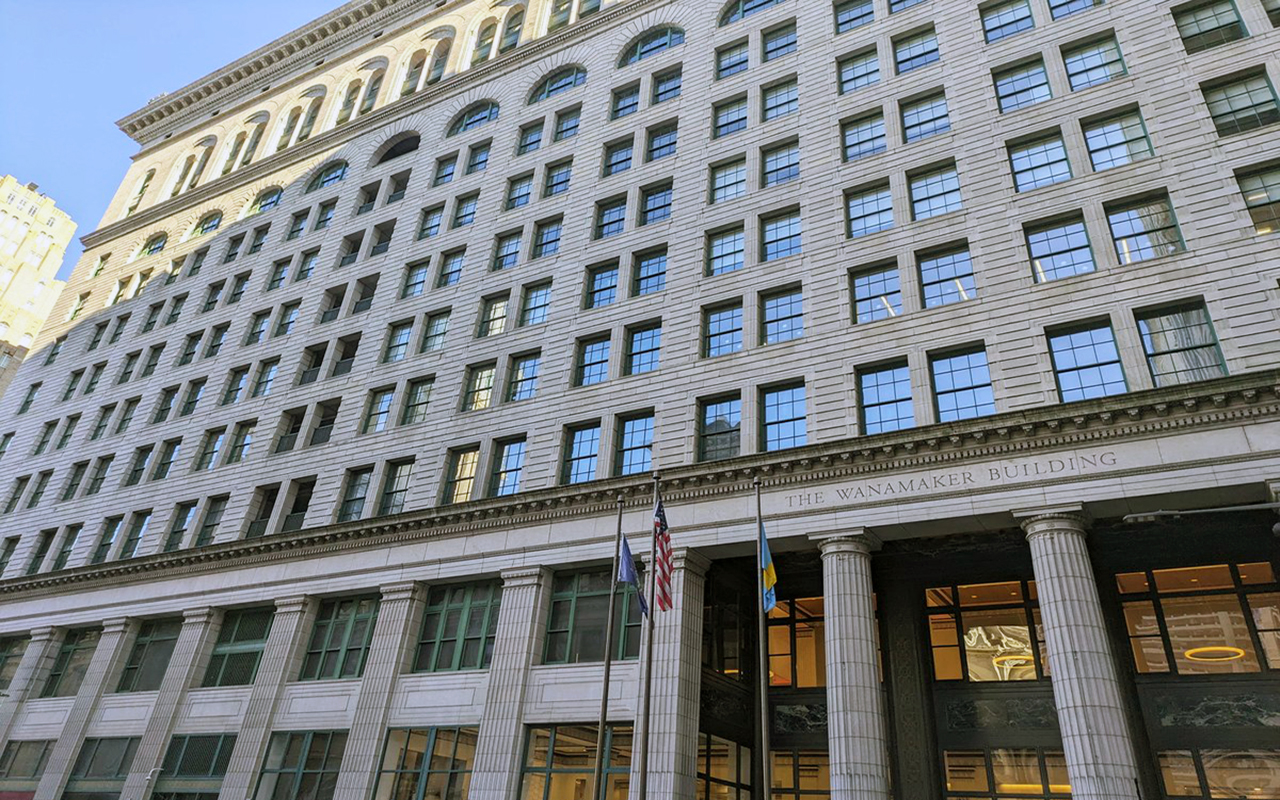

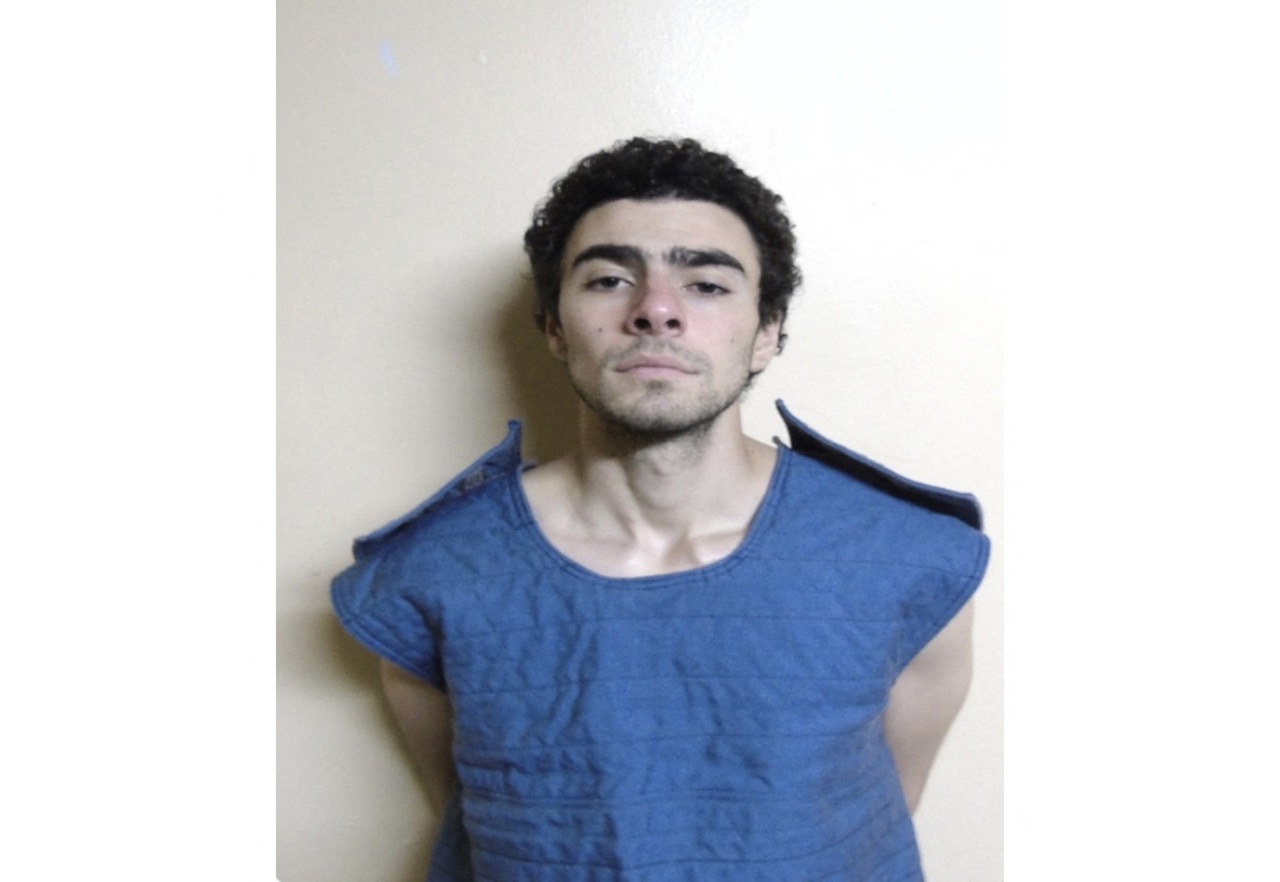

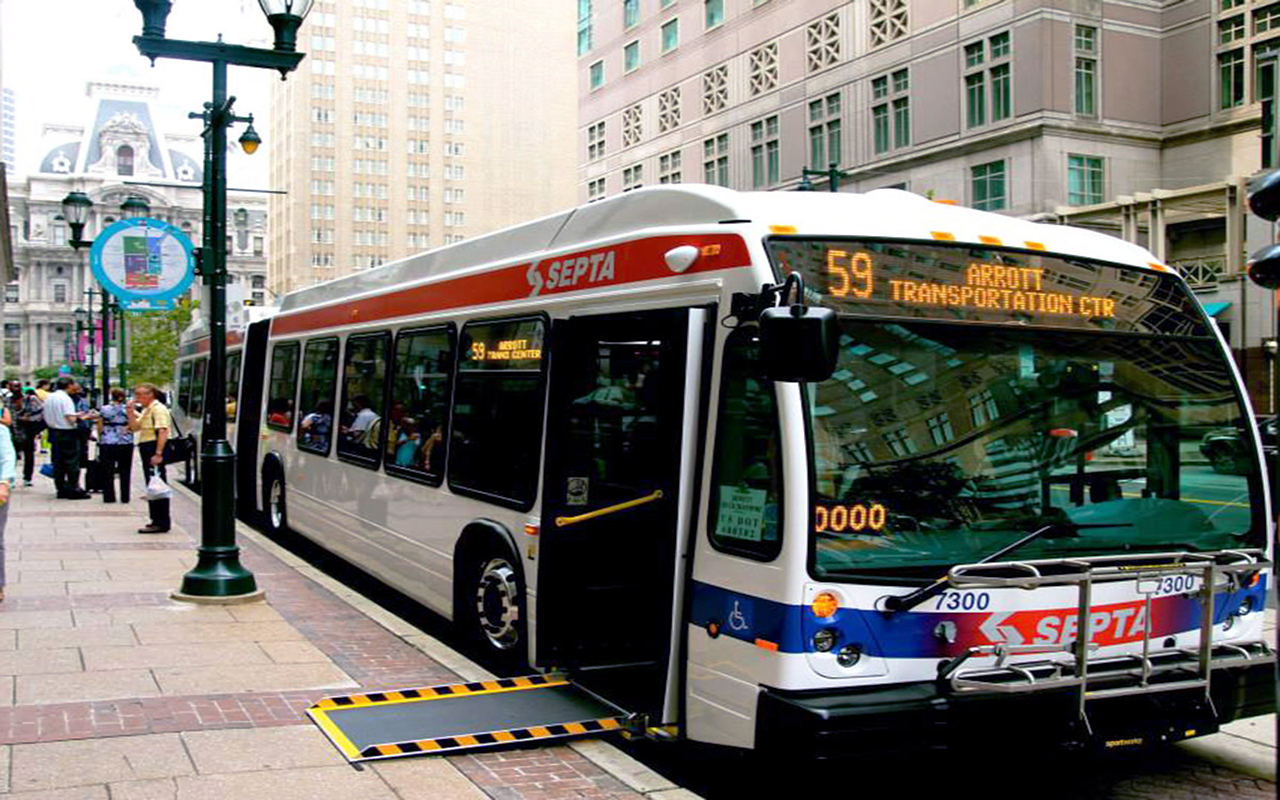
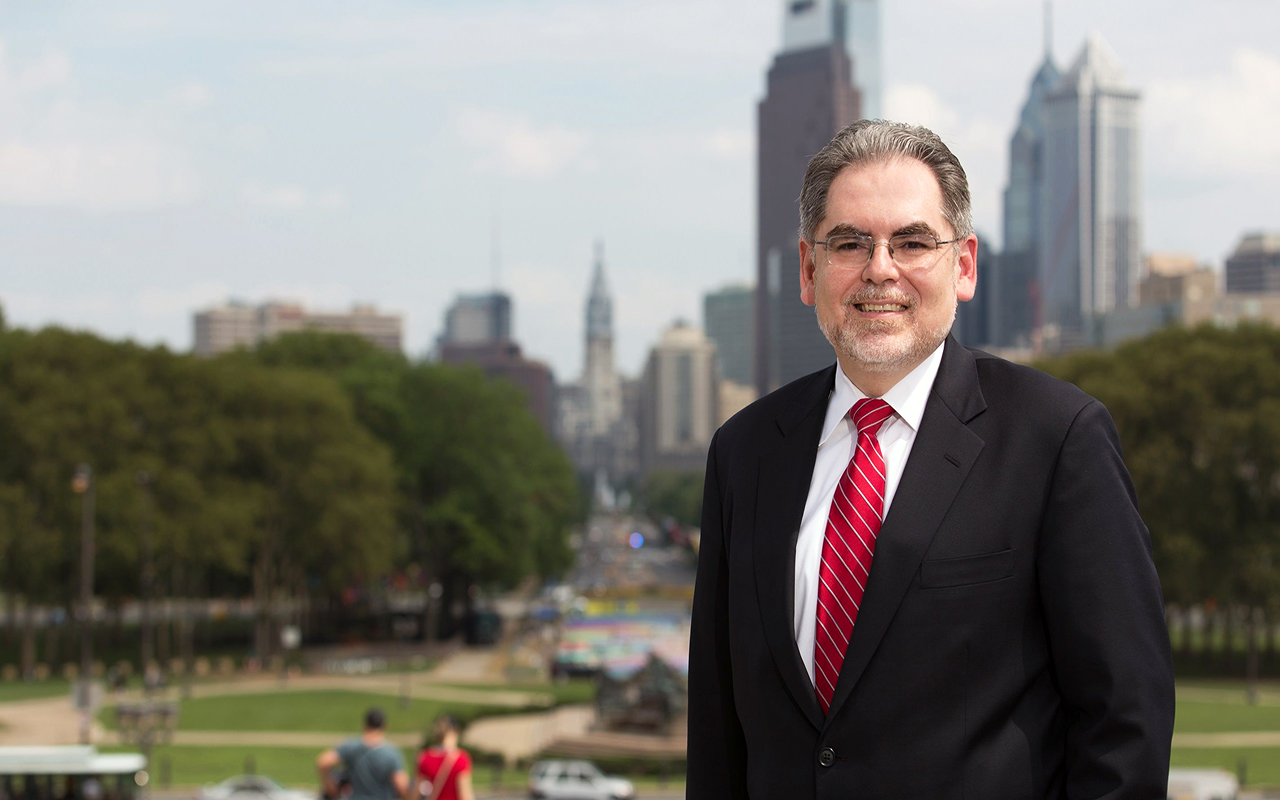

DEJE UN COMENTARIO:
¡Únete a la discusión! Deja un comentario.